Specifications
{{item.name}}
{{item.value}}
Camphor Essential Oil is a volatile oil extracted through distillation from the wood, leaves, or roots of the camphor tree (Cinnamomum camphora). Its primary component is camphor, and it also contains elements like cineole and limonene. In both traditional medicine and modern research, camphor essential oil is believed to have various potential therapeutic effects, but safety precautions must be observed when using it.
Key Benefits and Uses
- Respiratory Relief
Camphor's pungent aroma may help alleviate nasal congestion, coughing, and other cold symptoms. It is often added to inhalants or ointments (e.g., menthol rubs). It can be applied topically (avoiding the face) after dilution or used in steam inhalation, but caution is advised for children and asthma patients. - Pain Relief & Anti-Inflammatory
When diluted and applied topically, camphor oil may ease muscle pain, arthritis, or sprains due to its mild anesthetic and circulation-boosting properties. It is commonly found in pain-relief balms or massage oils (e.g., blended with peppermint or wintergreen oil). - Insect Repellent & Antiseptic
Camphor is a natural insect repellent (e.g., against cockroaches and moths) and has been traditionally used to protect clothing. Its antibacterial properties make it suitable for minor wound disinfection (must be highly diluted; avoid direct contact with broken skin). - Skin Conditions
When properly diluted, it may help relieve itching, eczema, or fungal infections (e.g., ringworm). However, a patch test is recommended for sensitive skin. Avoid use on open wounds or mucous membranes. - Mental Stimulation
Camphor’s scent may promote alertness and reduce fatigue, but excessive inhalation can cause dizziness.
Safety Precautions
- Toxicity Risk: Overuse of camphor may lead to nausea, seizures, or liver damage. Adults should not exceed 0.11 mg/kg daily (avoid use in children and pregnant women).
- Contraindications: Infants, individuals with epilepsy, and pregnant/nursing women should avoid it.
- Topical Restrictions: Do not apply near eyes, inside nostrils, or over large skin areas; avoid contact with wounds.
- Drug Interactions: May interfere with sedatives or anticonvulsants—consult a doctor before use.
Proper Usage
- Dilution: Mix with a carrier oil (e.g., coconut oil) at 1-2% concentration (~1-2 drops per 5ml carrier oil).
- Patch Test: Perform a 24-hour allergy test on the inner wrist before first use.
- Short-Term Use: Limit continuous use to 1-2 weeks to avoid toxicity buildup.
CUSTOMER REVIEWS
{{commentStat.averageRating}}
{{commentStat.total}} Revirews
All({{commentStat.total}})
Images({{commentStat.imgSum}})
5 Star({{commentStat.praiseSum}})

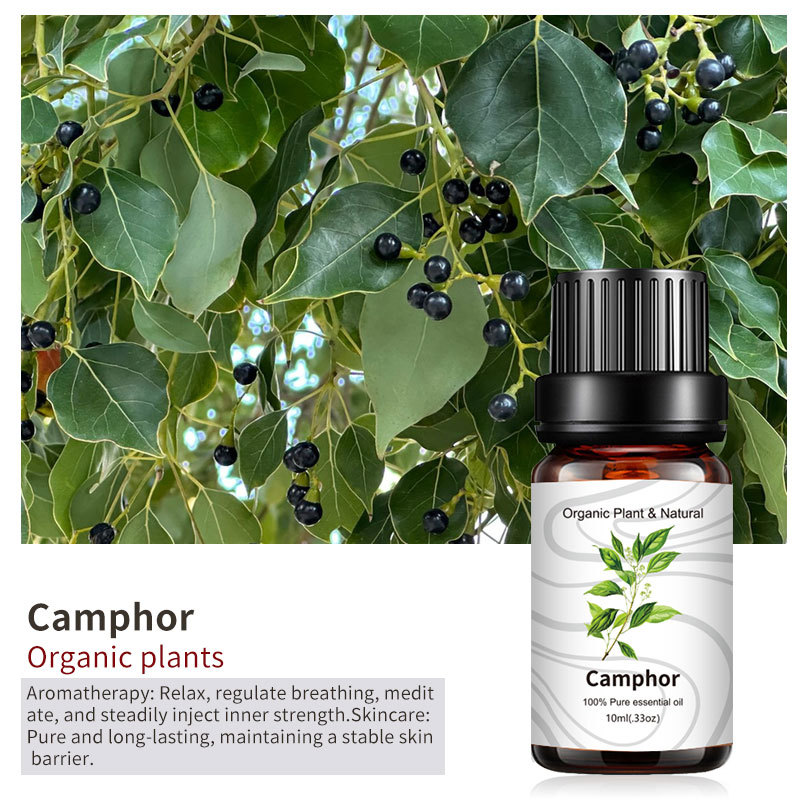



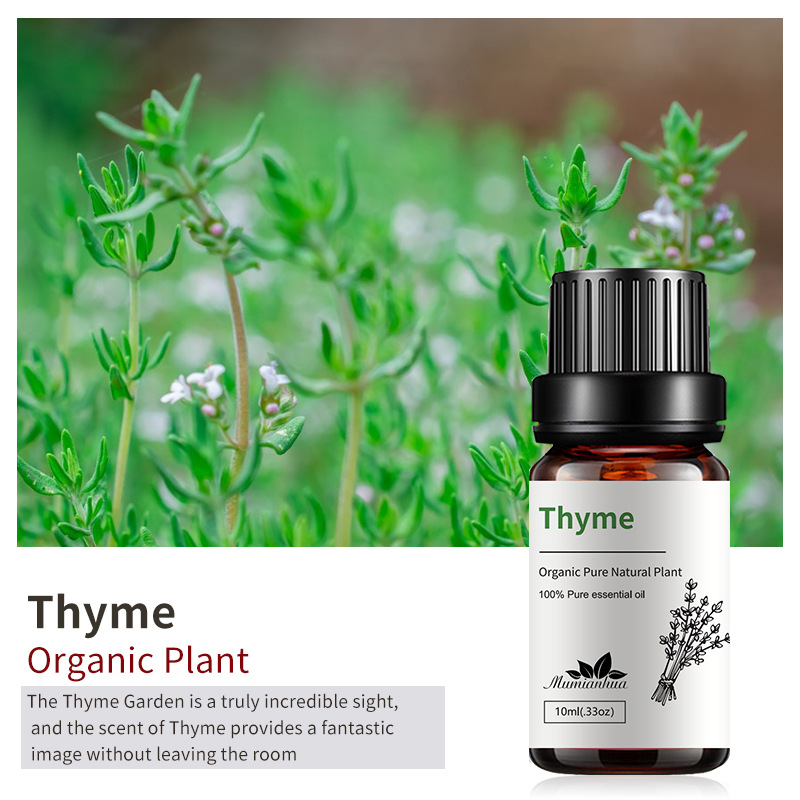
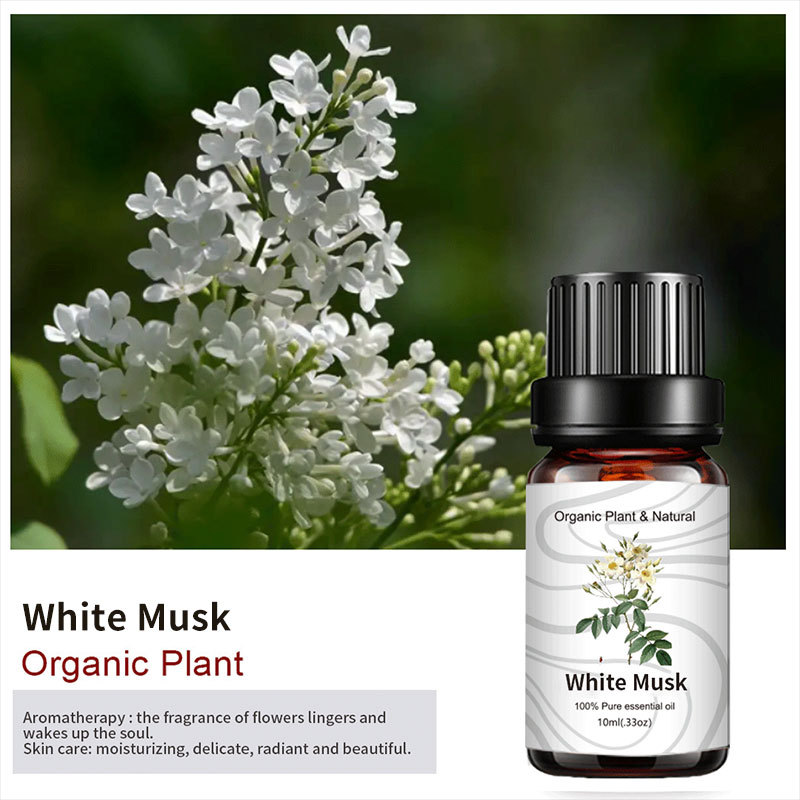
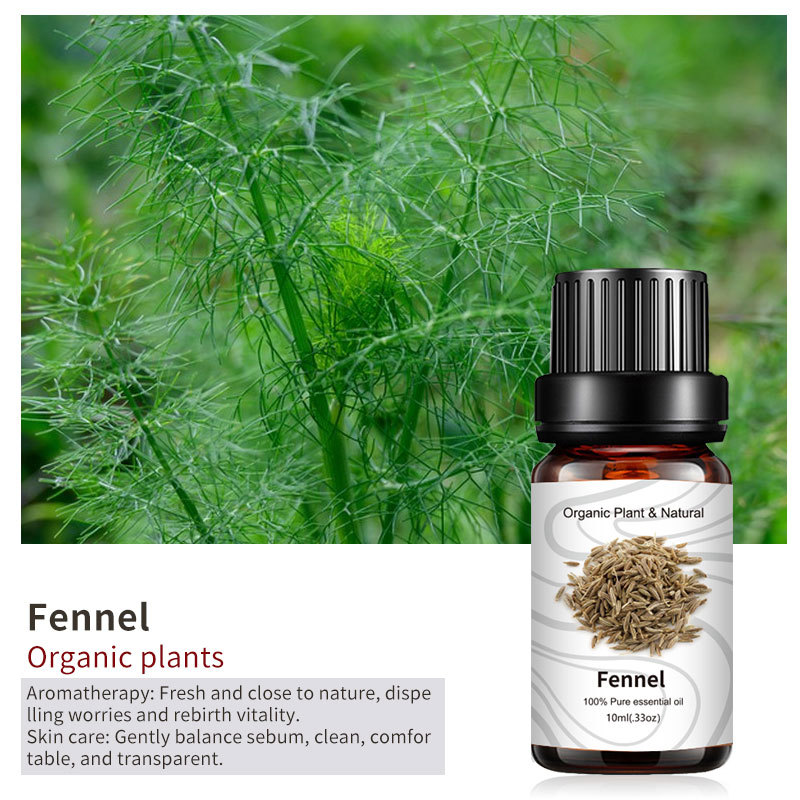
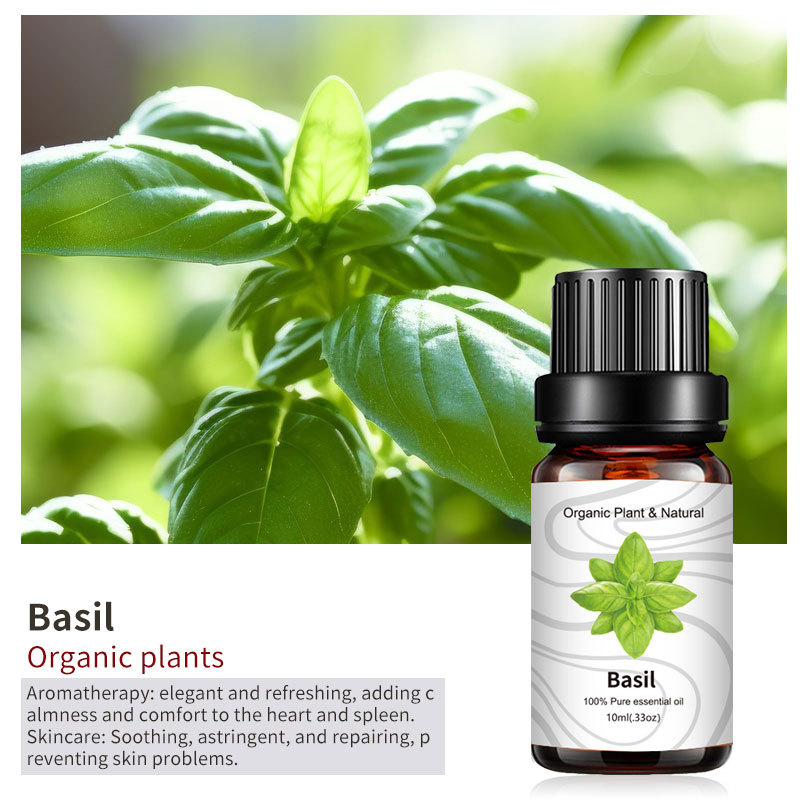
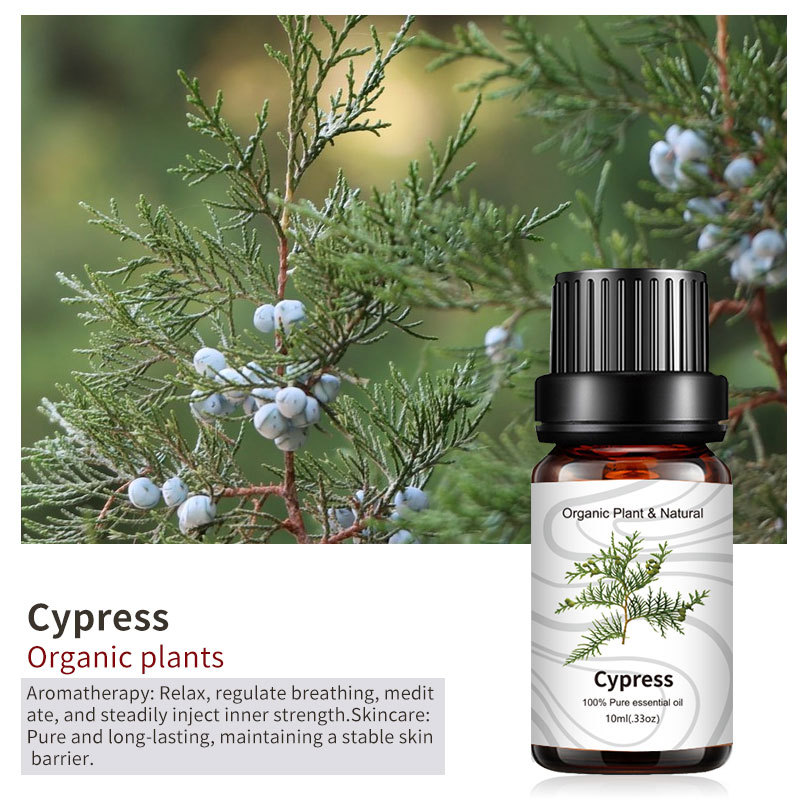
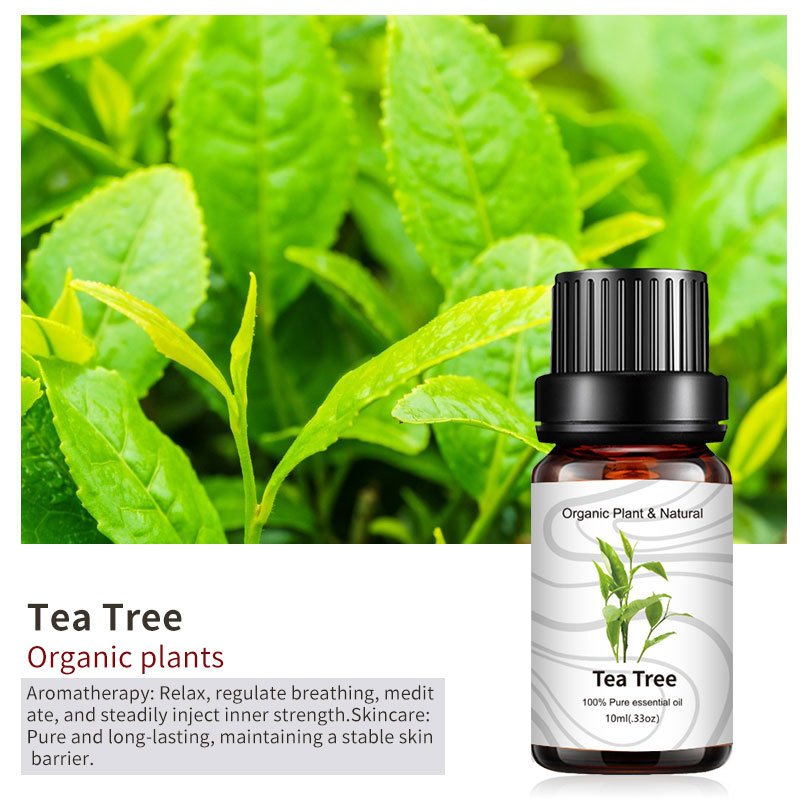
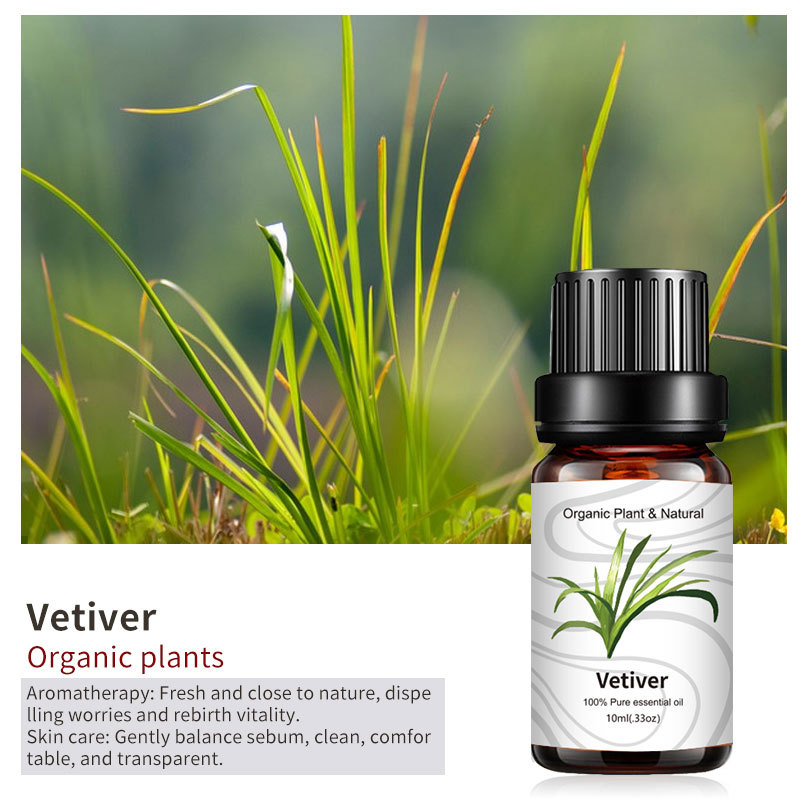
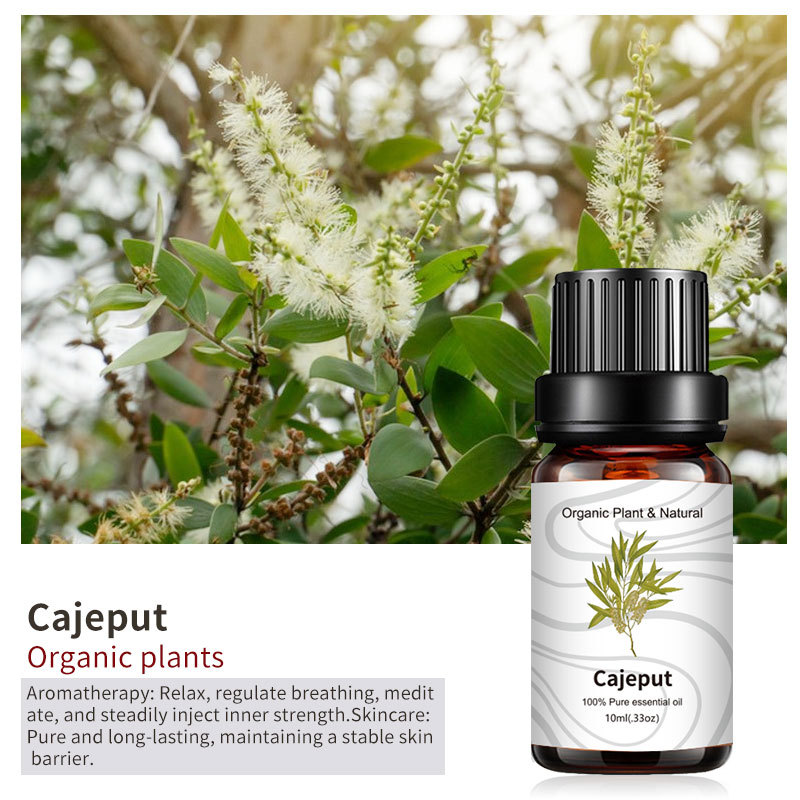
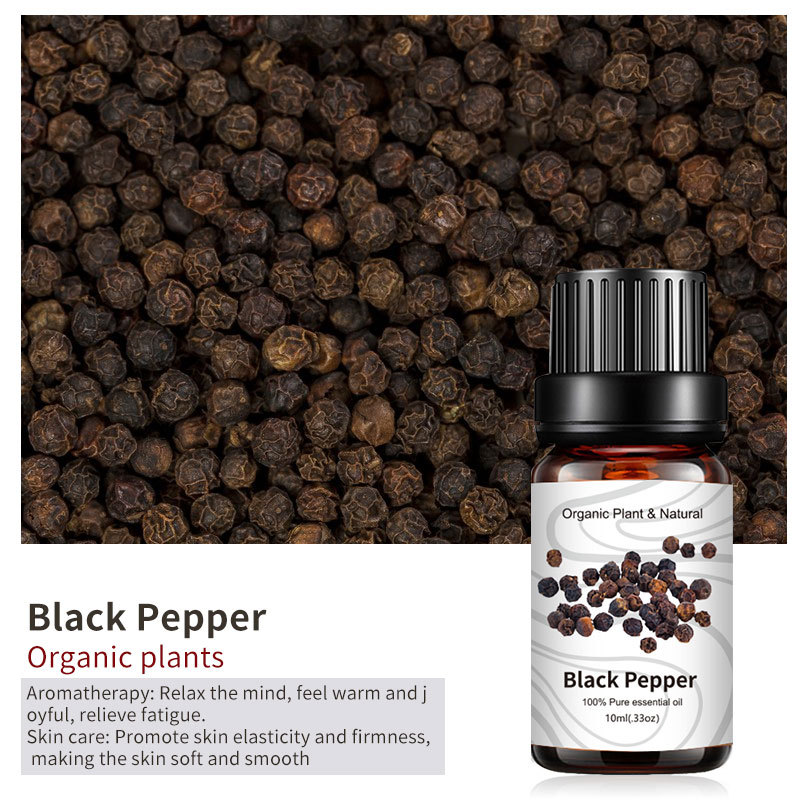
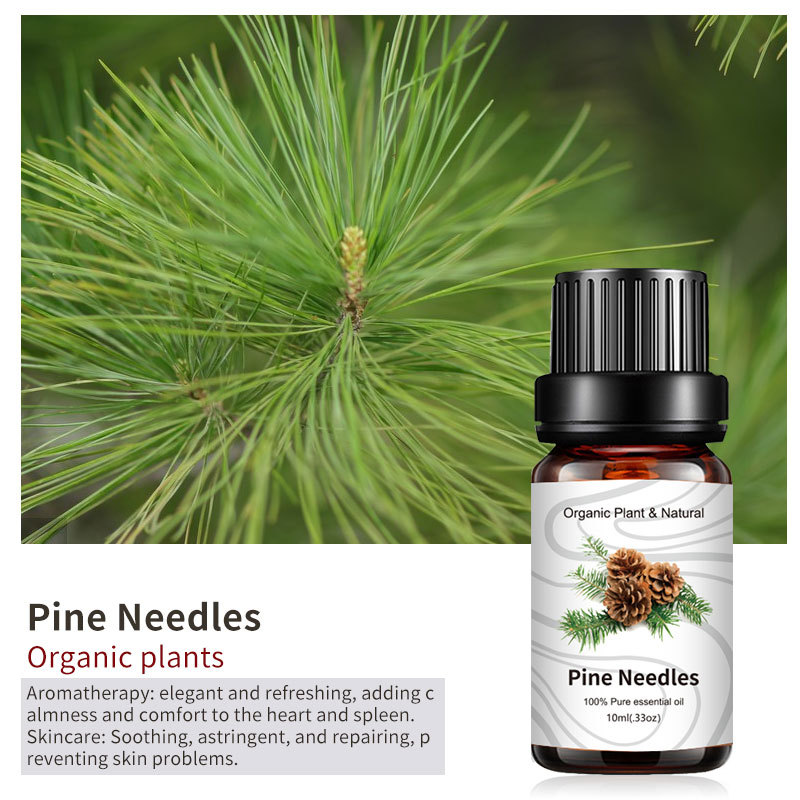

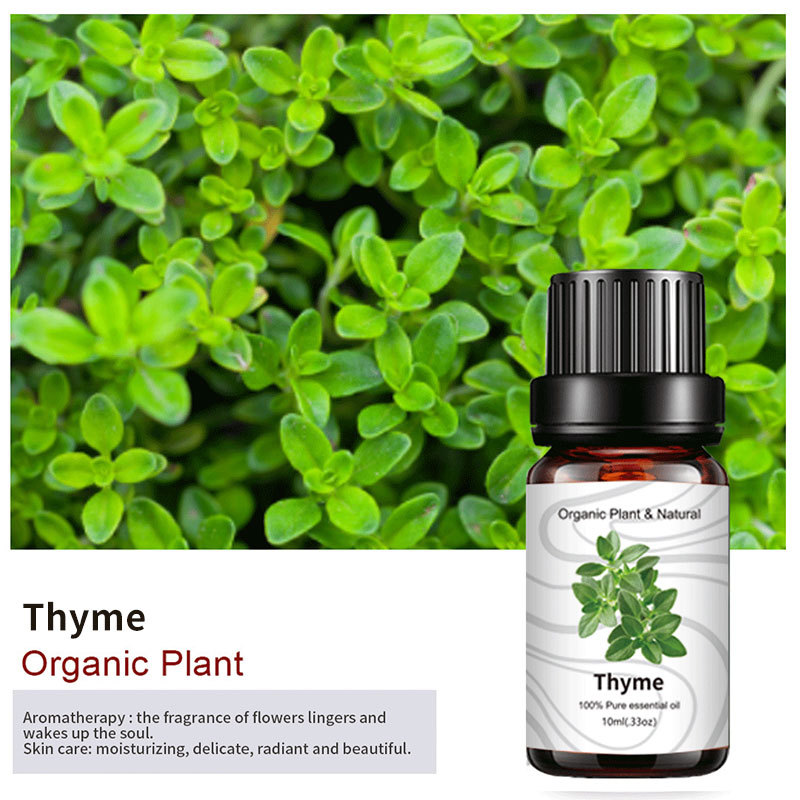
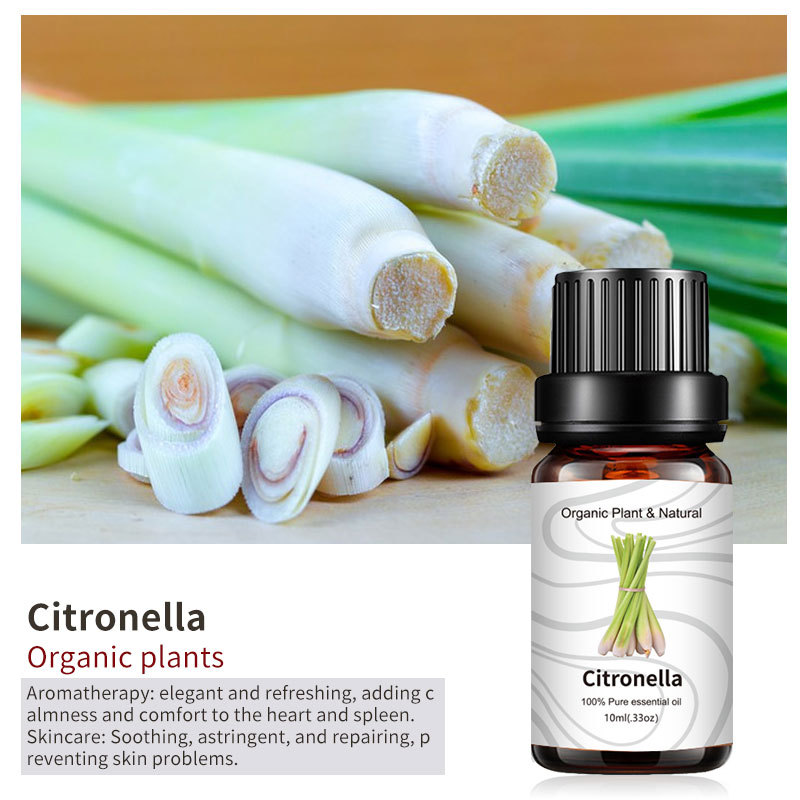
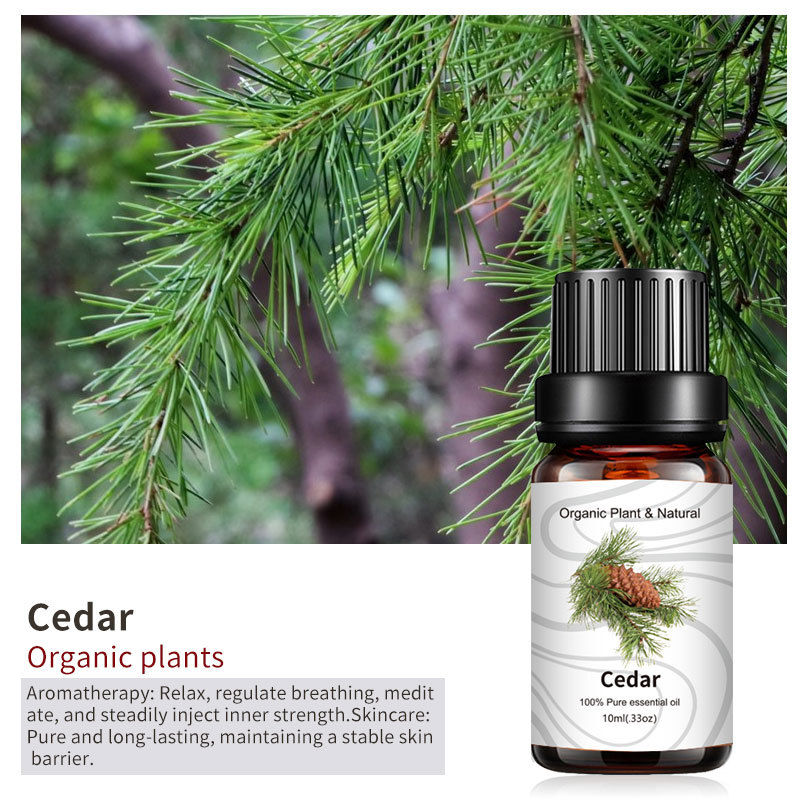
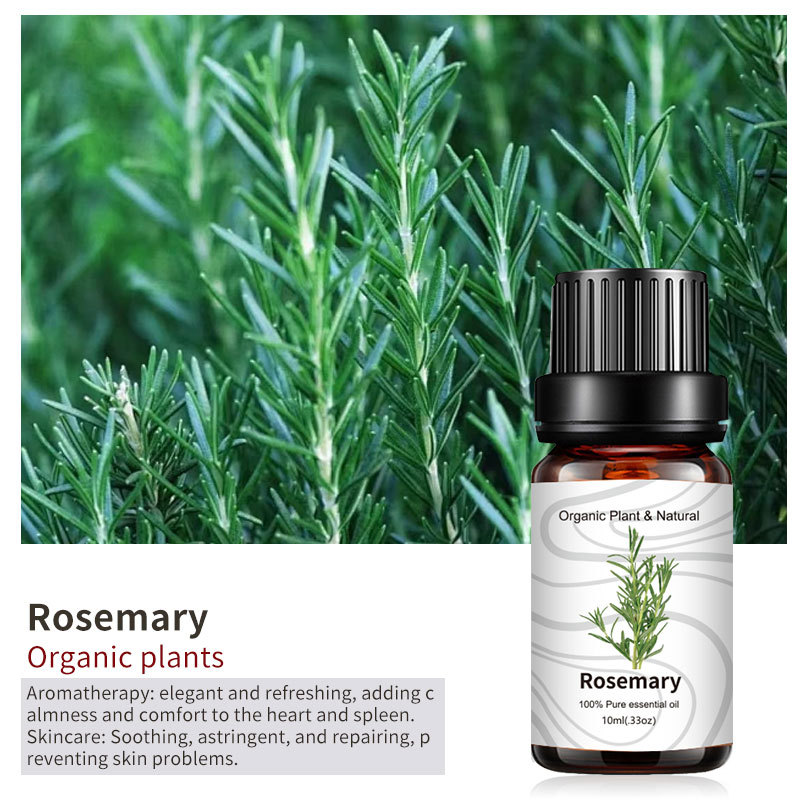
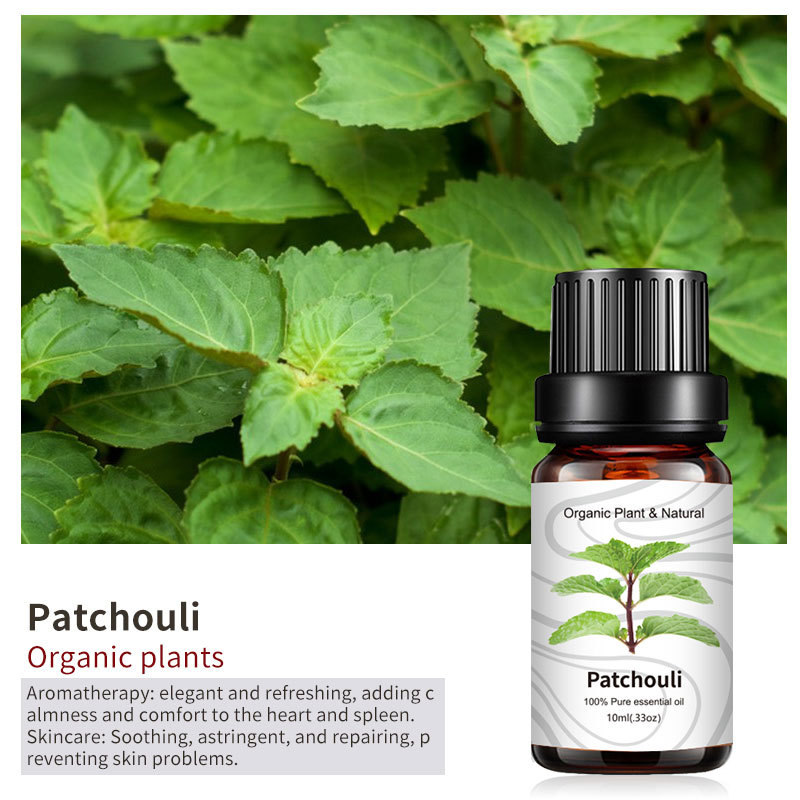
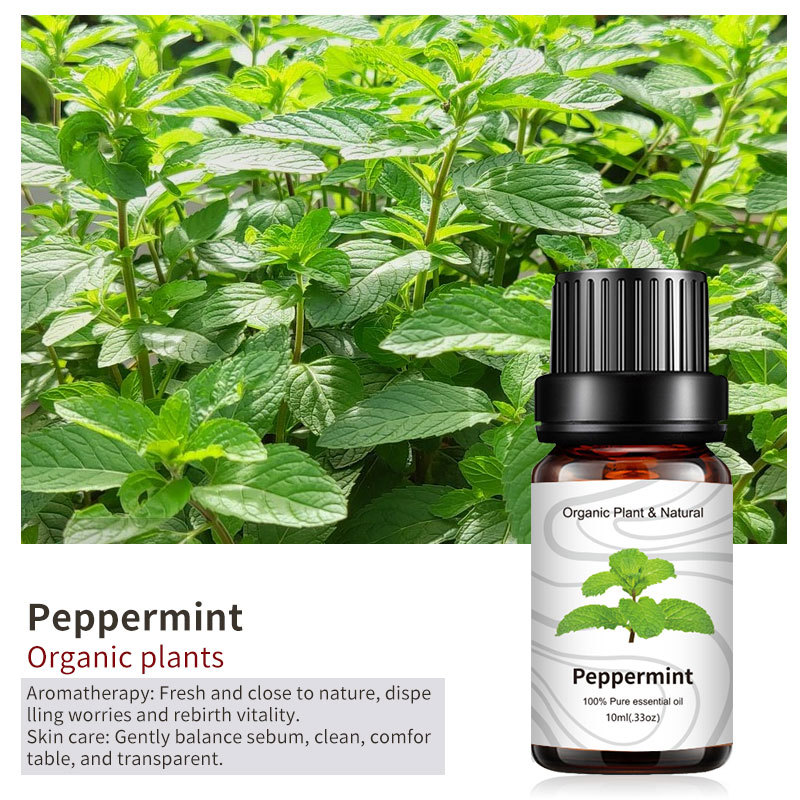
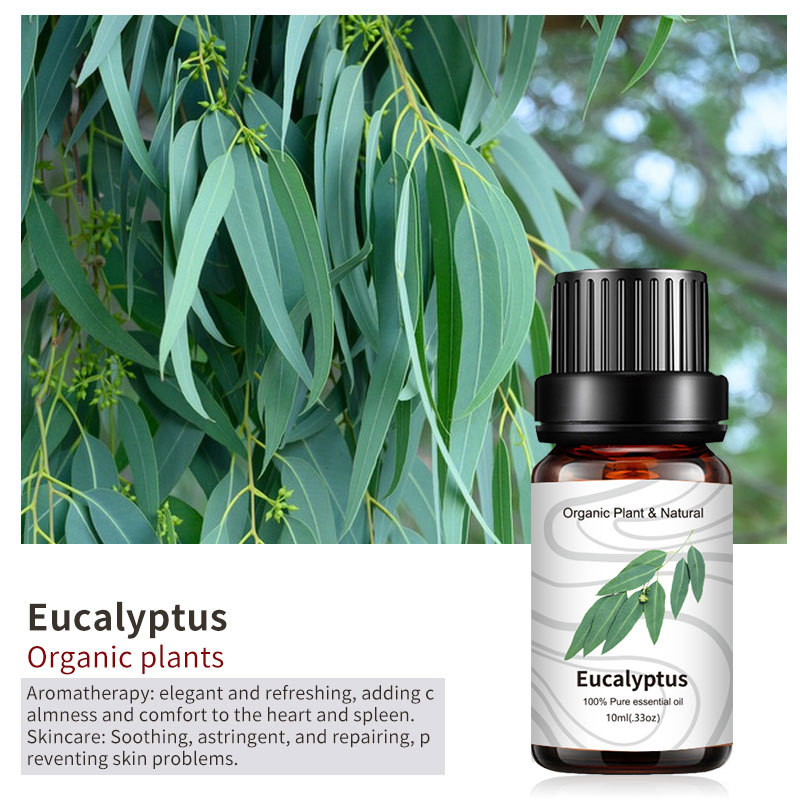

{{item.comments}}